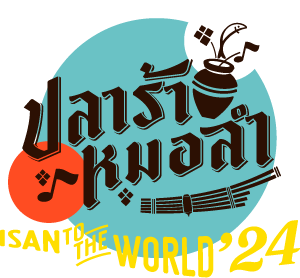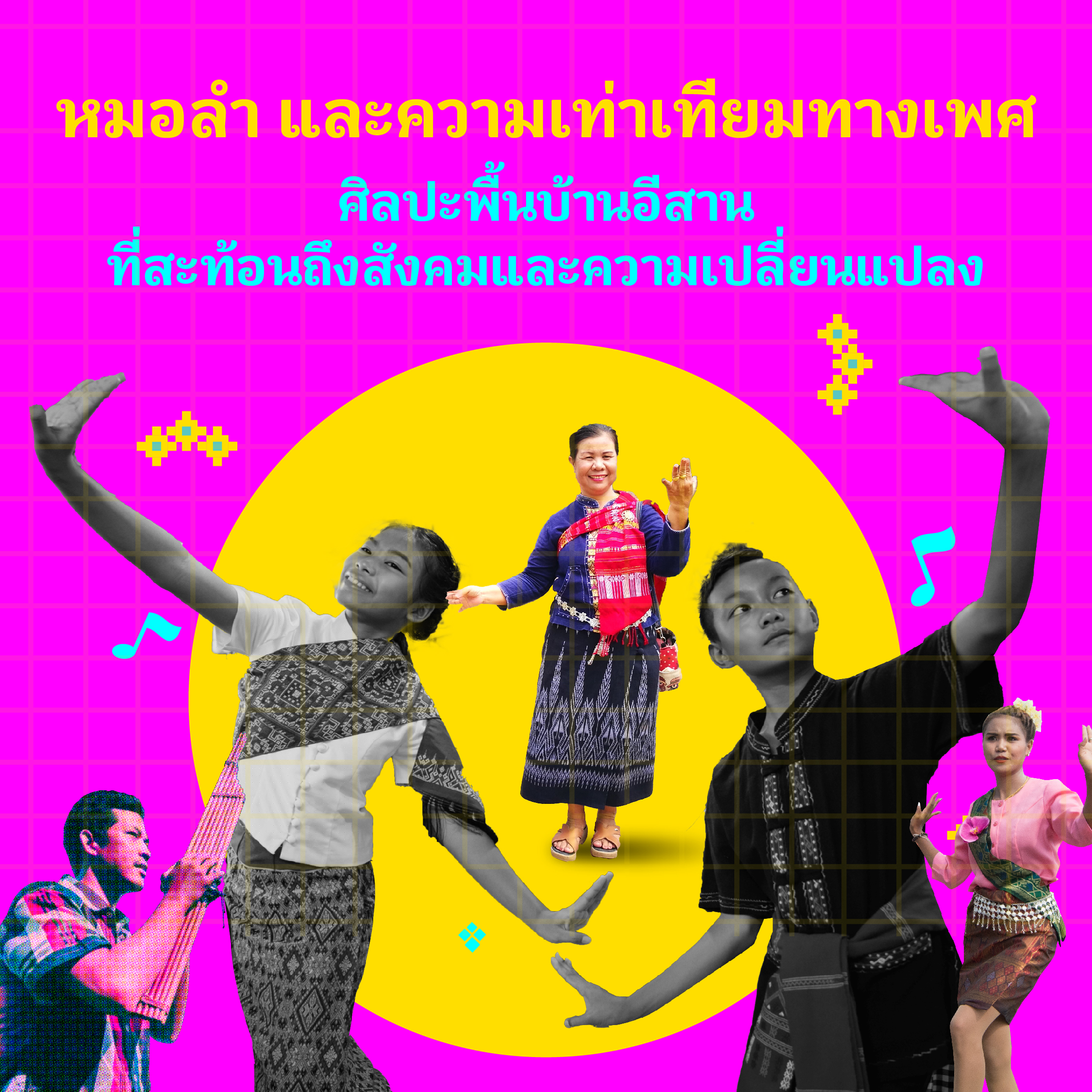Morlam, a traditional folk performance deeply rooted in the Isan culture of Thailand, serves not only as a form of entertainment but also as a platform that reflects social changes and gender roles in the region. Throughout different eras, Morlam has mirrored gender inequality in society, both in terms of the roles given to performers and the content of the performances that depict the daily lives of the Isan people. However, in modern times, Morlam performances have shown significant shifts in the representation of gender and sexual diversity, reflecting society’s growing efforts toward achieving gender equality in various aspects.
In the past, Morlam often depicted a society with clear gender roles. Women were typically assigned roles that emphasized gentleness and support, such as singing, graceful dancing, or performing lam with a focus on beauty. Men, on the other hand, were often cast in roles symbolizing strength or leadership, such as leading Morlam actors or performing Morlam klon. However, with societal changes in Thailand and globally, Morlam has evolved to embrace a broader range of gender roles. Today, female Morlam performers are increasingly taking on powerful and leading roles in performances. Moreover, performers of diverse sexual orientations are gaining wider acceptance in society, reflecting a growing openness and support for gender equality.
A clear example of this shift is the prominence of LGBTQ+ Morlam performers, who have become central figures in the creation and performance of Morlam. The Morlam stage has become an inclusive space where individuals of diverse gender identities can showcase their talents and build careers in the performing arts. Particularly in today’s more accepting society, Morlam offers a platform for LGBTQ+ individuals to express their abilities, generate income, and gain recognition. Beyond creating employment opportunities, Morlam also fosters self-confidence and pride in their identities. By providing a space for creative expression through this art form, Morlam opens up economic opportunities for these individuals, allowing them to earn income as performers, teachers, or organizers of Morlam troupes. Some performers have even used Morlam as a platform to advocate for gender rights and equality, turning their performances into both entertainment and a medium for raising awareness about gender diversity.
Research from Mahasarakham University and Khon Kaen University highlights the role of Morlam as a medium for reflecting and shaping societal views on gender and sexual diversity (Chomphuthat & Chanchai, 2020). The use of the Morlam stage to express the feelings and perspectives of LGBTQ+ individuals has led to greater acceptance and prompted broader discussions about gender equality in society.
Furthermore, Morlam has played a crucial role in empowering women in Isan communities. It has been found that women involved in Morlam can become social and political leaders in their communities. Research from the Institute for Population and Social Research at Thammasat University (Somrudee et al., 2019) shows that Morlam has significantly contributed to shifting women’s roles in local communities, with female performers gaining more confidence in participating in public activities.
The growth of Morlam in the modern era not only promotes a valuable traditional art form but also serves as an important platform in the fight for gender rights and equality in Isan and across Thailand. The promotion of gender equality through Morlam represents a fascinating dimension of using art to foster social change in the local Isan context, aligning with the broader global movement for gender equality today.
References:
- Chomphuthat, & Chanchai. (2020). “The Role of Morlam in Reflecting Gender Diversity.” Mahasarakham University.
- Somrudee et al. (2019). “The Changing Role of Women in Isan Communities through Morlam Performances.” Thammasat University.





